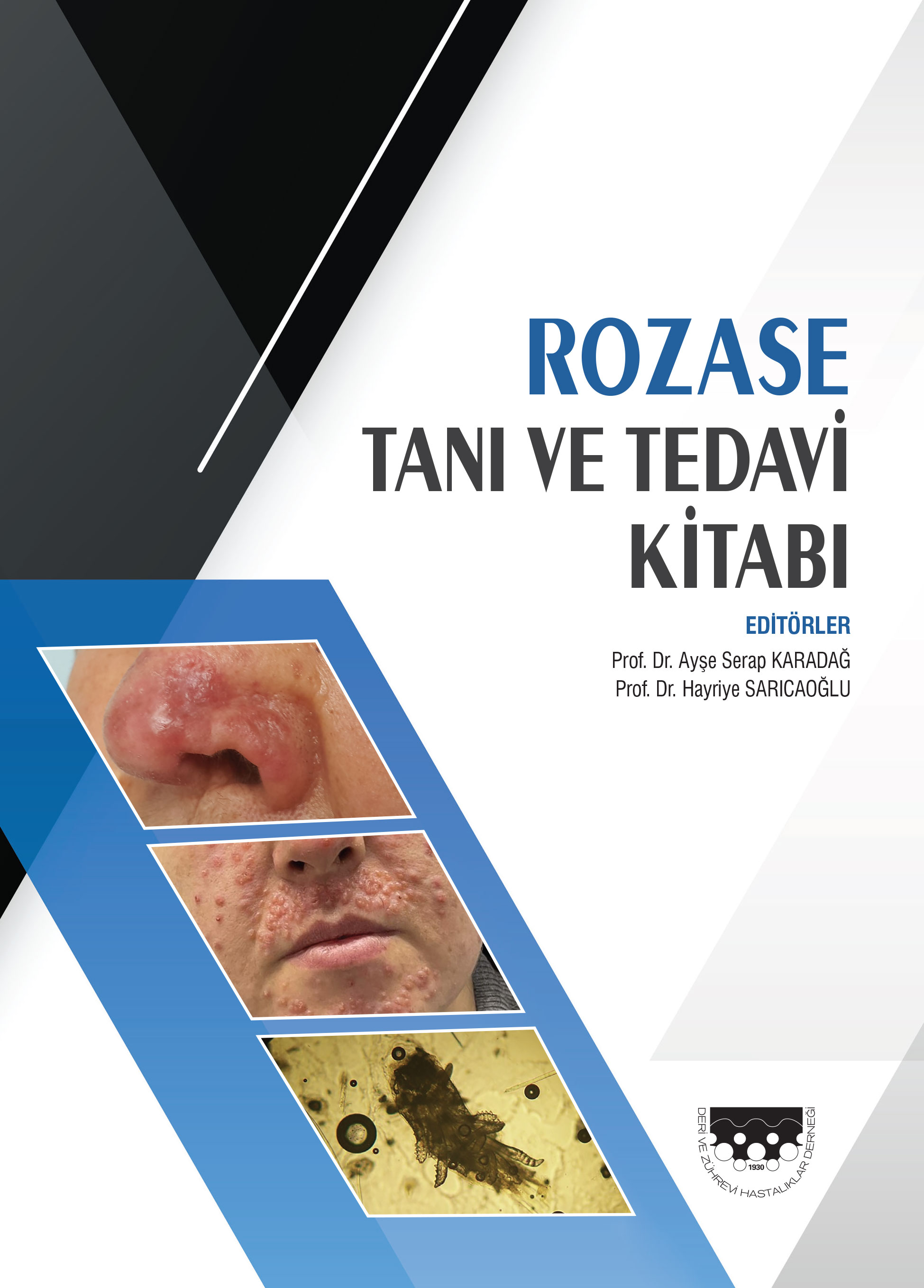Evaluation of difficult alopecia areata cases requiring histopathological confirmation
Güldehan Atış1, Ayşenur Şam Sarı21Üsküdar University, Ataşehir Memorial Hospital, Clinic of Dermatology, İstanbul, Türkiye2Üsküdar University, Acıbadem Health Group, Clinic of Dermatology, İstanbul, Türkiye
Background and Design: Alopecia areata (AA) is a common cause of non-cicatricial hair loss on the scalp or hearing-bearing areas, and diagnosis is typically straightforward. In atypical cases, histopathological examination is suggested. This study aims to determine when dermatologists need histopathological confirmation in AA and which clinical and trichoscopic clues aid diagnosis in atypical cases.
Materials and Methods: Patients diagnosed with AA clinically and histopathologically were retrospectively included in the study. Age, gender, duration of disease, localizations of lesions, number of lesions, trichoscopy features, initial diagnosis, extra-scalp involvement, and nail characteristics were recorded.
Results: 10 (7.3%) of 137 patients had histopathologic examinations. The mean age of patients was 37.9 (±14.68). Five of the ten patients (50%) were male, and five were female. The mean disease duration was 48.7 (±74.55) months. All the patients suffered from their first episode. Patchy AA (n=9, 39.5%) and cicatricial alopecia (n=7, 30.4%) were the two most frequent initial diagnoses. Loss of follicle ostia (n=7), vellus hairs (n=7), anisotrichosis (n=5), yellow dots (n=5), and erythematous background (n=4) were the five most prevalent features. Only one of the patients (10%) has extra-scalp involvement. Two patients have nail features.
Conclusion: We assume that some unexpected trichoscopy features, such as loss of follicle ostium and vellus hair, can be observed in cases with long disease duration, whereas typical trichoscopy features, such as exclamation mark hairs, yellow dots, and black dots, are not always detected in these patients. In some challenging cases, the diagnosis may require histopathological confirmation.
Keywords: Alopecia areta, histopathology, dermoscopy
Histopatolojik inceleme gerektiren alopesi areatalı olguların değerlendirilmesi
Güldehan Atış1, Ayşenur Şam Sarı21Üsküdar University, Ataşehir Memorial Hospital, Clinic of Dermatology, İstanbul, Türkiye2Üsküdar University, Acıbadem Health Group, Clinic of Dermatology, İstanbul, Türkiye
Amaç: Alopesi areata (AA), saçlı deri ve kıllı bölgeleri tutan, kolaylıkla tanı konulabilen sık görülen bir non-sikatrisyel saç dökülmesi sebebidir. Atipik olgularda histopatolojik inceleme önerilmektedir. Bu çalışmada amacımız, dermatologların AAlı hastalarda ne zaman histopatolojik incelemeye ihtiyaç duyduklarını ortaya koymak ve atipik olgularda tanıya yardımcı olabilecek klinik ve trikoskopik ip uçlarını belirlemekti.
Gereç ve Yöntem: Klinik ve histopatolojik olarak AA tanısı alan hastalar retrospektif olarak çalışmaya alındı. Yaş, cinsiyet, lezyon lokalizasyonları, lezyon sayıları, trikoskopik bulgular, ön tanılar, saçlı deri dışı tutulum varlığı ve tırnak bulguları kaydedildi.
Bulgular: Yüz otuz yedi hastanın 10una (%7,3) histopatolojik inceleme yapılmıştı. Hastaların yaş ortalaması 37,9 (±14,68) idi. Hastaların beşi (%50) kadın, beşi erkek idi. Ortalama hastalık süresi (±74,55) ay idi. Tüm hastaların ilk atağıydı. En sık iki ön tanı yama AA (n=9, %39,5) ve sikatrisyel alopesi (n=7, %30,4) idi. Folikül ostiumlarında kayıp (n=7), vellus saçlar (n=7), anizotrikozis (n=5), sarı noktalar (n=5) ve eritematöz zemin (n=4) en sık görülen beş bulguydu. Sadece 1 hastada (%10) saçlı deri dışı tutulum saptandı. İki hastada (%20) tırnak bulguları izlendi.
Sonuç: Hastalık süresinin uzun olduğu olgularda; folikül ostiumlarında kayıp ve vellus saçlara gibi bazı beklenmedik trikoskopik bulguların gözlenebileceğini ancak ünlem saçlar, sarı noktalar ve siyah noktalar gibi tipik trikoskopik bulguların görülmeyebileceğini düşünmekteyiz. Bazı çelişkili olgularda histopatolojik konfirmasyon gerekebilir.
Anahtar Kelimeler: Alopesi areata, histopatoloji, dermoskopi
Manuscript Language: English























